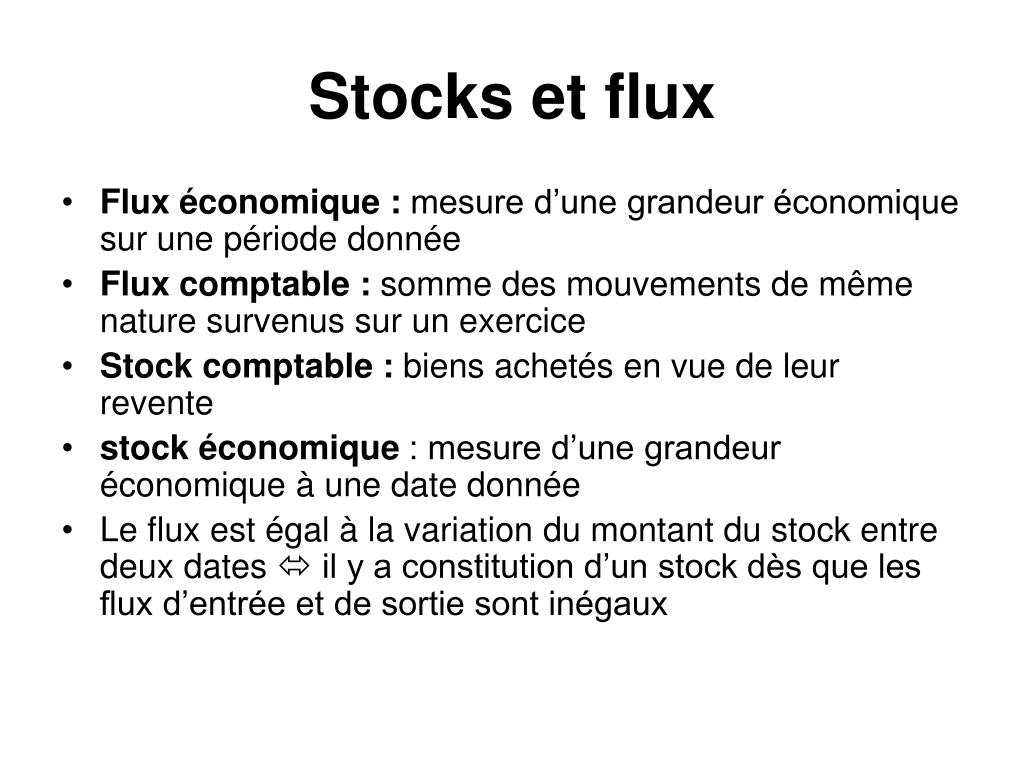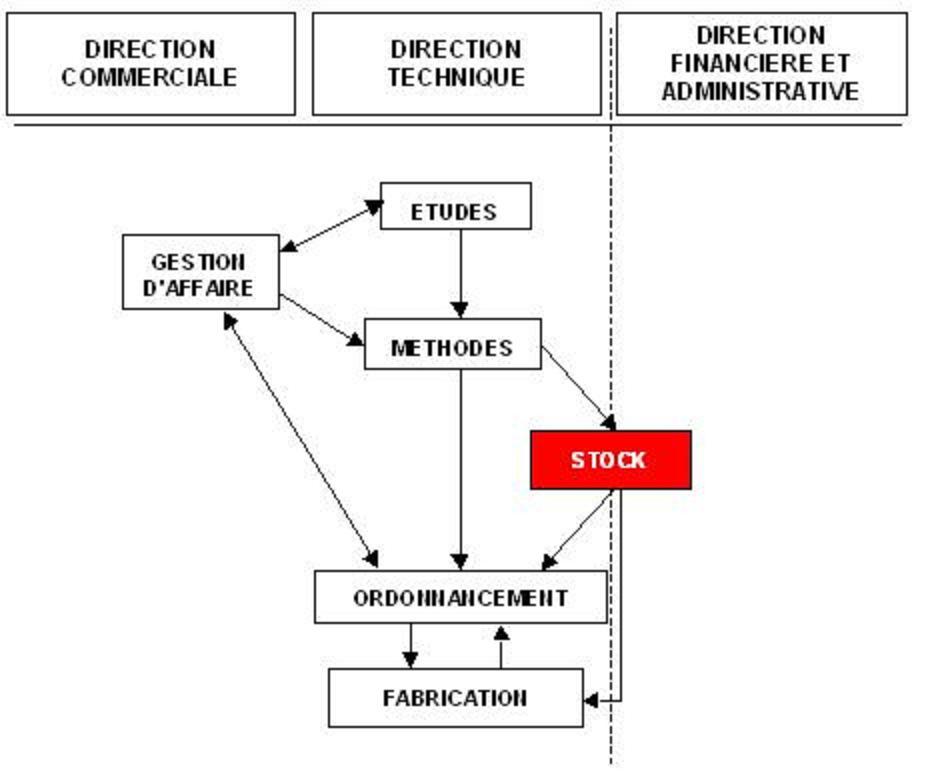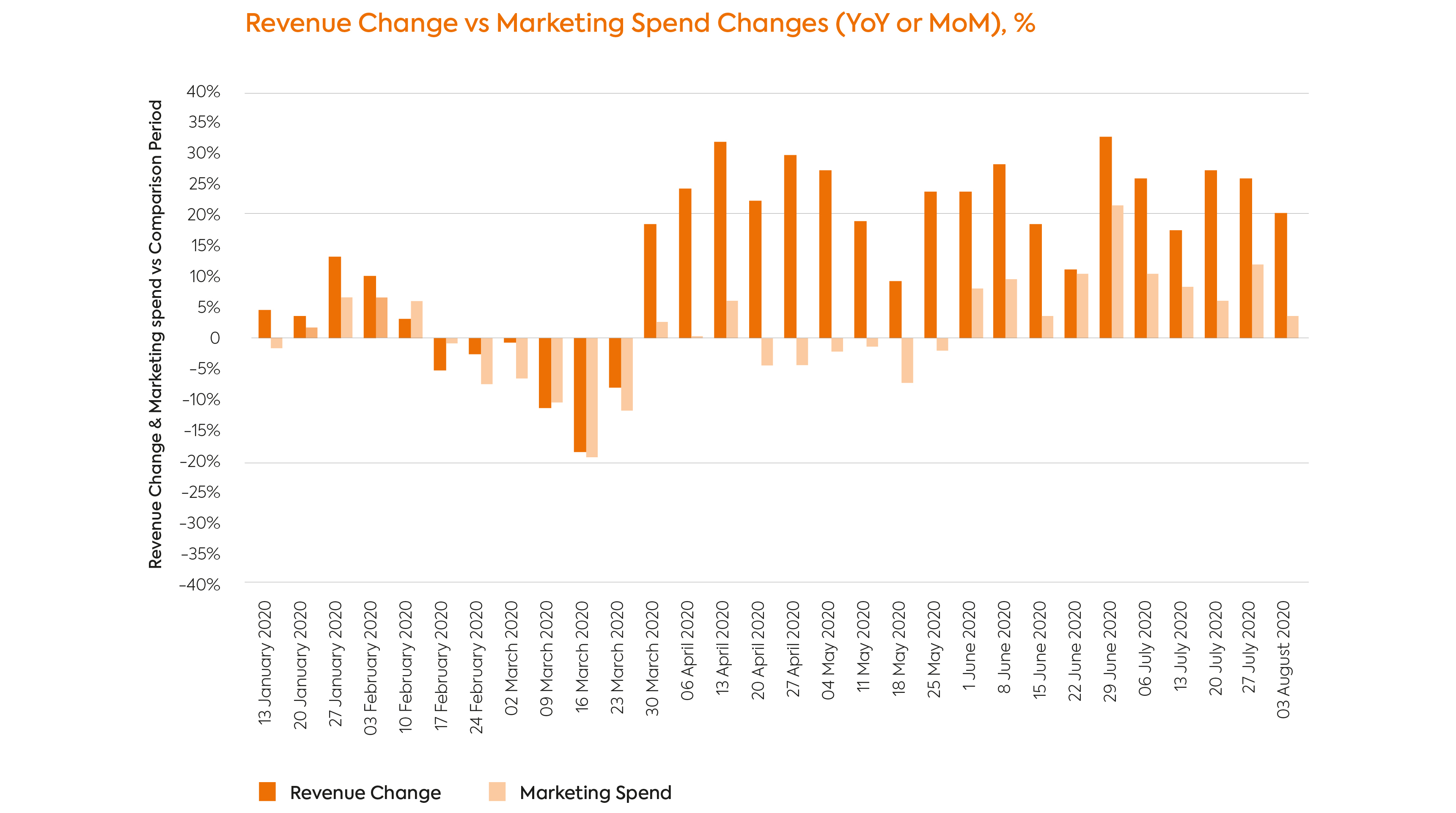

The characteristics of forest productivity, forest use and level of uncertainty in current estimates and in future projections may vary among the regions. The probability of a proposed national pathway to fulfil these goals is determined by the regions where the forests are located. The national goals and agreements for future carbon sinks should be based on realistic pathways, also taking into account the risk that the goal is not achieved. Uncertainty may also vary depending on the spatial scale (national or regional) and time scale of the projection. climate change scenarios and harvest scenarios (Kalliokoski et al. Under large uncertainties, it may be difficult to draw reliable conclusions about the differences between multiple future projections related to, e.g. For example, The Official Statistics of Finland reports an uncertainty interval of ( \(-30\%\), \(+ 33\%\)), equal to about 10 TgCO 2eq, in 2020 for the GHG emissions/removals of forest land remaining forest land in Official Statistics of Finland (OSF) ( 2022).

Uncertainty in current forest land NBE estimates and their future projections is, therefore, assumed to be large, yet often neglected. Forest initial state, harvest levels and environmental conditions also vary spatially. growth, photosynthesis and disturbances) and industrial demand of wood accumulate as yearly fluctuations in the net biome exchange of CO 2 (NBE). However, yearly fluctuations in weather conditions, forest dynamics (e.g. The principal GHG sink in the LULUCF (Land Use, Land Use Change and Forestry) sector results from biological carbon dioxide fixation in forests. This goal requires maintenance, or even increase, in GHG sinks. Carbon neutrality requires that landscape or nation level greenhouse gas (GHG) emissions are fully compensated with GHG sinks. In the EU, the target of net zero greenhouse gas emissions has been set to 2050, while Finland, for example, aims to reach carbon neutrality as early as in 2035. In order to mitigate climate change, many countries and regions are aiming at carbon neutrality by a specific year. Our regionally explicit uncertainty analysis was found a useful approach to reveal the variability in the regional potentials to reach a policy related, future target level of NBE, which is important information when planning realistic and regionally fair national policy actions. Combinations of uncertainties in the representative concentration pathways scenarios, GCMs, forest initial values and model parameters were the main sources of uncertainty at the beginning, while the harvest scenarios dominated by the end of the simulation period, combined with GCMs and climate scenarios especially in the north. The main sources of uncertainty varied with time, by region and by the amount of harvested wood. Under individual scenarios, the results revealed time- and region-dependent variability in the magnitude of uncertainty and mean values of the NBE projections. Sampled forest initial state values, model parameters, harvest levels and global climate models (GCMs) served as inputs in Monte Carlo simulations, which covered forests of the 18 regions of mainland Finland over the period 2015–2050.

We analysed uncertainties in the forest net biome exchange (NBE) and carbon stocks under multiple management and climate scenarios with a process-based ecosystem model. Uncertainties are essential, yet often neglected, information for evaluating the reliability in forest carbon balance projections used in national and regional policy planning.


 0 kommentar(er)
0 kommentar(er)
